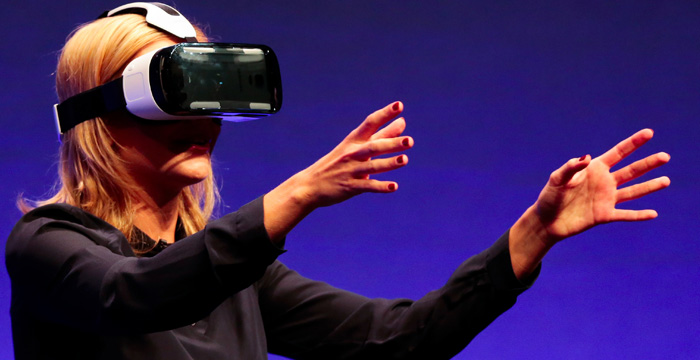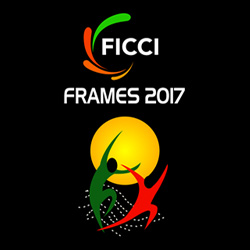Virtual reality has been in the limelight for quite some time now. However, being the newest medium of expression and storytelling, it has been under strict scrutiny throughout. Almost every convention or market which has a hint of technology or content has showcased VR in some form or the other. According to a recent report, VR would be a $20 billion industry by 2020.
FICCI Frames 2017 has hopped on the bandwagon as well. The second day of this year’s FICCI Frames witnessed a session titled ‘The Spectacle of the Future: Storytelling with the advent of VR/AR’. However, there was barely any discussion about AR or alternate reality.
The panel consisted of Unity3D, director of business development, Quentin StaesPolet; VR Collective, curator, Uday Dasari; NVIDIA, head strategist, planning and programs, Shridhar Garge and Intel Research, technology policy and standards, Ravi Velhal. The panel was moderated by Technicolor India, country head, Biren Ghose.
As the main objective of the session revolved around storytelling using VR, the more technical aspects were conveniently kept at bay.

Here are some of the key takeaways from the event:
Think 360:
The panellists stressed on the point that in order to tell a story through VR, one must ‘think 360’ and not in the traditional way one conceptualises a film through frames. The challenges are manifold when taking up a new method, but to create lucrative content in VR which attracts users, the creators must adhere to this as the ground rule. It is of utmost importance to un-learn the template of feature film making.
Sound is going to play a major role:
Dasari provided some insights on how sound is going to play a major role in making VR content more prominent. Cue in VR content should be catered to with not only visuals but immersive sound effects as sound will help the viewer to gauge where should they look next. It was further strengthened with the example of Facebook acquiring audio companies.
Collaborations like never before:
Given that the medium is still in its initial experimental phase, monetisation of VR content is still a challenge. Thus, ‘the people putting money in VR are the investors’, said Garge jokingly, as barely anyone delves in VR production without an investors, which is not always the case in other scenarios. Thus to push forward in the sector, more and more organisations/individuals are collaborating. With the ROI still shaky, the collaborations are helping out.
Content is and will still be the king:
The panel stressed on the fact multiple times, including Ghose saying, ‘the story will define the medium and not the other way round’ to conclude the session. Thus it was suggested to creators to be honest with the intentions on what they actually want to build and deliver. So, even if the graphics of the content has to be compromised to keep the frame rate in check, it should be done, after all, VR is about simulation of real life and thus needs to be made in that accord.
Be patient:
Just like the initial days of cinema, how it came to what it is, it took a lot of experimentation, this new medium will be no different. So, the experts on the panel estimate, that it will take around five years for VR to be completely marketable, so they urged the creators to not give up, monetisation would eventually happen.

Challenges:
Firstly, the medium is still fairly new and thus content creators would have to be stern in adopting the new ways of creating content and not try it with ways of other mediums. The experience has to be smooth for the consumers and tethering is an issue. With nothing concrete as of now, works are underway in lessening the weight of the devices and reduce the tethering in some way.
Overall, the session threw some light on the medium from a storyteller’s perspective and urged everyone to not give up on their VR projects, as the powerful medium is only poised to grow in the future.
